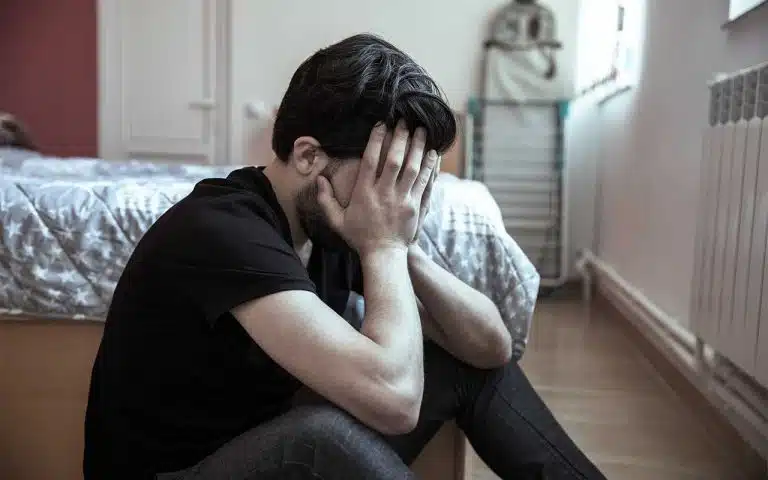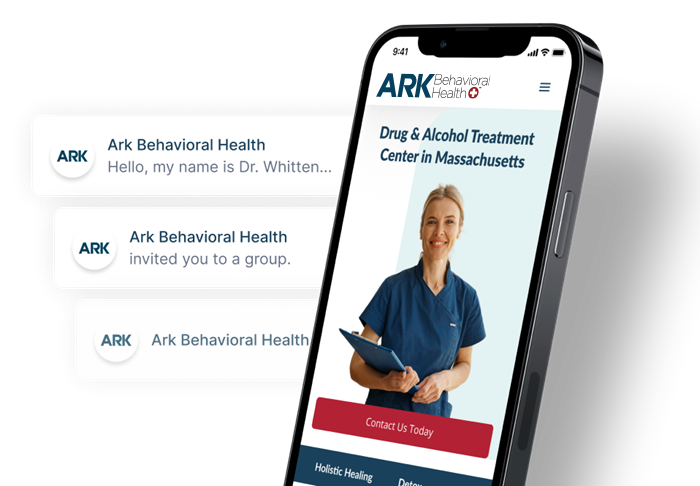At-Home Opiate Withdrawal & Detox | Remedies, Methods, & Risks

Opiate detoxification, or detox, is the flushing of opioids and opiates from the body. Detoxes are usually safer and more successful when done at a rehab facility or detox center. However, at-home detox methods do exist.
A detox will likely require a person to go through the withdrawal process, as the body becomes used to working without opioids again. Opioid withdrawal can be hard to fight without a professional treatment program.
Generally, it is riskier to detox at home compared to a dedicated detox center.
At-Home Remedies For Opioid Withdrawal
If you’re going through the detox process, symptoms of opiate withdrawal are almost inevitable. There are remedies that can help alleviate opioid withdrawal symptoms. Some methods may not be medically approved, so it could help to talk to your doctor before trying these methods.
Over-The-Counter (OTC) Medications
Over-the-counter medications can offer some relief from withdrawal symptoms. Vomiting, diarrhea, and general pain are common withdrawal symptoms. These can be reduced with OTC medications.
However, relying on over-the-counter medications can be risky. People with opioid use disorder may have the urge to take large amounts of these medications. This can lead to additional health problems.
Acupuncture
Acupuncture is the inserting of needles into the body. It has been praised for its ability to treat all sorts of physical and mental health problems. Some studies have even shown a link between acupuncture and reduced opioid withdrawal symptoms.
However, the credibility of these studies may be in question. Currently, more research may be needed to tell if acupuncture can help with opioid withdrawal and other forms of drug addiction.
Methods For At-Home Opiate Detox
These methods are likely more effective within an inpatient treatment program. However, some outpatient treatment programs allow you to administer medication at home to better deal with opiate withdrawal and detox.
Medication-Assisted Treatment
Quitting opioids all at once, or “cold turkey,” can be dangerous. To avoid the severe withdrawal and cravings, you may be prescribed medications as part of your at-home detox program.
Known as medication-assisted treatment (MAT), these medications aim to reduce the side effects of opioids, limit cravings, and manage your withdrawal symptoms.
Methadone, buprenorphine, and naltrexone are medications that act on the same opioid receptors and can help treat many forms of opioid use disorder.
Opiate Taper
You may be given less of these substances over time, which is known as tapering. Tapering gradually reduces your body’s physical dependence on opioids over time.
Risks Of At-Home Detox
An opiate detox can be difficult and uncomfortable to go through on your own. If you are not in a controlled environment, your risk of relapse may be much higher.
At home, you may be exposed to triggers that you would be protected from in a treatment center. Triggers may include drug paraphernalia, or even family members who don’t understand the severity of opiate addiction.
Painful Withdrawal Symptoms
Opioid withdrawal usually lasts for about 2 weeks, while lingering physical symptoms can last for even longer. Withdrawal symptoms you may experience during the recovery process include:
- nausea
- diarrhea and vomiting
- muscle aches and cramping
- cold flashes and goosebumps
- sleeping problems
These symptoms can be better managed by professionals in a medical environment. At home, you may not have the same access that you would at a treatment center. As a result, your chances of managing withdrawal at home may be lower.
Lack Of Immediate Access To Resources
If your withdrawal symptoms are severe, you may not have the resources needed at home to avoid a relapse. Relapses that can be handled by on-hand medical professionals may go unchecked at home.
In serious cases, relapsing may lead to a life-threatening overdose, especially if you take large amounts of opioids at once.
A detox at a dedicated recovery center ensures you have access to immediate medical care if you need it.
Treating Opioid Abuse & Addiction
Many prescription painkillers are opioids, which are habit-forming substances. Commonly abused opioids include hydrocodone, oxycodone, and codeine. The rise of new synthetic opioids, like fentanyl, adds another dangerous wrinkle to the ongoing opioid crisis.
A medical detox program may only be the first step to beating an opioid use disorder. Comprehensive addiction treatment plans may follow up a detox with intensive therapy, an inpatient stay at a rehab center, and other methods.
Substance abuse treatment, especially for opioids, has many options and can be tailored to your specific needs. To learn more about treatment that may work for you, please contact us today.
Written by Ark Behavioral Health Editorial Team
©2024 Ark National Holdings, LLC. | All Rights Reserved.
This page does not provide medical advice.
Harvard Health Publishing - Treating opiate addiction, Part I: Detoxification and maintenance - Harvard Health
National Institutes of Health - Acupuncture for the Treatment of Opiate Addiction
National Library of Medicine - 24-Hour opiate detoxification and antagonist induction at home--the 'Asturian method': a report on 1368 procedures

Questions About Treatment?
Ark Behavioral Health offers 100% confidential substance abuse assessment and treatment placement tailored to your individual needs. Achieve long-term recovery.
100% confidential. We respect your privacy.
Prefer Texting?
Our friendly support team is here to chat 24/7. Opt out any time.







 Learn More
Learn More








